New Delhi Streets Turn Into Battleground, Hindus vs. Muslims; Police Officers Encouraged The Hindu Mobs To Burn Down Muslims’
While A mob of Hindu men, their foreheads marked by a saffron stripe, angrily patrolled the streets carrying iron bars, clubs and a bright blue aluminum baseball bat. They were itching for a fight; Mr. Modi had choreographed Mr. Trump’s visit as a demonstration of India’s rising stature on the world stage, seeking to turn the page on months of street protests.
By Jeffrey Gettleman, Suhasini Raj and Sameer Yasir
NEW DELHI — A mob of Hindu men, their foreheads marked by a saffron stripe, angrily patrolled the streets carrying iron bars, clubs and a bright blue aluminum baseball bat. They were itching for a fight. The streets in the New Delhi neighborhood were littered with scraps of bricks. All shops were closed and almost no women or children were out — except for two Hindu women brandishing sticks and threatening journalists.
Gangs of Hindus and Muslims have been clashing in the neighborhood, Maujpur, and surrounding areas since Sunday, killing at least 11 people, including a police officer bashed in the head with a rock.
While President Trump and his host, Prime Minister Narendra Modi of India, discussed geopolitics and lunched together in another part of the capital, thousands of furious residents faced off again, hurling petrol bombs, attacking vehicles, hospitalizing several journalists and drawing more and more police officers and paramilitary troops.
The violence is connected to the continuing protests against India’s divisive citizenship law, but this was the first time that the protests have set off major bloodshed between Hindus and Muslims. It is an old and dangerous fault line, and any sign of communal violence raises alarm instantly.
“The situation is volatile and tense,” said Alok Kumar, a senior police officer. “It’s a mixed neighborhood, and in seconds you can have crowds of tens of thousands. Even a small thing can lead to violence.”
In the Muslim quarters, many people felt victimized and accused Mr. Modi’s government of abandoning them. This is a longstanding grievance: that Mr. Modi’s governing political party, which is rooted in a Hindu-nationalist worldview, has taken sides and abetted violent religious extremists.
Mr. Modi had choreographed Mr. Trump’s visit as a demonstration of India’s rising stature on the world stage, seeking to turn the page on months of street protests.
But demonstrations keep breaking out against the citizenship law, which makes it easier for migrants of every significant South Asian religion except Islam to become Indian citizens. Hundreds of thousands of Indian Muslims have protested, joined by students, academics, human rights activists and those worried about the country’s direction. Many of them say the new law is a grave threat to India’s traditions as a secular and inclusive nation.
Since last year’s election handed Mr. Modi and his Bharatiya Janata Party another term in power, many Indians feared a resurgence of communal violence, sparked by Hindu triumphalism and Muslim desperation. Until now, however, most of the demonstrations remained peaceful.
Maujpur is a working-class neighborhood about a half-hour’s drive from the center of Delhi. Gray two- and three-story buildings stand along its roads, housing small factories and many migrant workers. For the past several weeks, Muslim residents, many of them women, have been protesting the citizenship law. On Saturday night, they began to block a major road.
The next day, Kapil Mishra, a local leader from Mr. Modi’s political party, showed up. He threatened to mobilize a mob to clear out the protesters. He said he did not want to create trouble while Mr. Trump was visiting, but he warned the police that as soon as Mr. Trump left India on Tuesday night, his followers would clear the streets if the police did not.
Tensions shot up. As Sunday evening approached, gangs of Hindu men and Muslim men began throwing rocks at each other. This quickly degenerated into wider violence, with Hindu residents accusing Muslims of attacking Hindu statues and Muslim residents expressing fear that a Hindu mob was forming to get them. Shoaib Ahmad, a Muslim businessman who makes a living repairing tires, said his shop was burned down Monday night by a Hindu mob as he stood on the roof of his house.
“All my dreams were destroyed in those flames,” Mr. Ahmad said.
What made it even worse, he said, was that police officers encouraged the mobs to burn down Muslims’ property. Images circulating on social media showed a group of Hindu men beating a Muslim man with sticks, leaving him on the ground, curled up in a ball and covered in blood.Several Muslim residents in Maujpur and adjacent neighborhoods said that police officers had stood by while they were attacked. In mob lynchings of Muslims in the recent past in other parts of India, many people have made similar accusations against officials in Mr. Modi’s party, saying that the police officers under their command did not intervene.
India is about 80 percent Hindu and 14 percent Muslim.
A stretch of highway between Maujpur’s Hindu neighborhood and a nearby Muslim-dominated area called Jaffrabad now serves as a no-man’s land. It is lined by deserted shops, the asphalt marred by burn marks. Few people dare to walk through here. Several police officers conceded that they felt more comfortable deployed in the Hindu crowd that had gathered at one end of the buffer zone than with the Muslims massed at the other. While the Muslim crowd hoisted a big Indian flag, the Hindu crowd chanted religious slogans.
Members of a Hindu mob, armed with crude weapons, begged the police to let them attack Muslims.
“Give us permission, that’s all you need to do,’’ one mob leader said. “You just stand by and watch. We will make sure you don’t get hurt. We’ll settle the score.’’ Then he used a slur to refer to Muslims.
This kind of communal violence has left a lasting mark on Mr. Modi’s legacy. In 2002, when he was the chief minister of Gujarat State, sectarian riots left more than 1,000 people dead — almost 800 of them Muslims killed by Hindu mobs.
He and his state government were accused of quietly ordering the police to stand by as the violence raged. He has denied those accusations, and in 2012, an investigative panel for the Supreme Court found no evidence to charge him. But until he won the post of prime minister in 2014, he was banned from entering the United States because of the suspicion hanging over him.
This week, Delhi police officials, who ultimately report to Mr. Modi’s home minister, Amit Shah, said they were determined to keep the Hindu and Muslim mobs apart. Mr. Kumar, the police official, said he was trying to organize a peace march between the two sides, but by nightfall that was nowhere close to happening. Mr. Shah said in a statement that the violence had been spontaneous, and he appealed for calm. But the hatred on the streets was heavy. Several Hindu men said they felt Muslims did not belong in India.
“Why should they?’’ asked Rakesh Sharma, one of the Hindu men who had taken it upon themselves to chase outsiders from their neighborhood. “The Muslims have other countries they can go to, like Syria or Nigeria. They need to get out of India.’’
Many Muslims feared that once Mr. Trump left India, the violence would get even worse.
“It’s a little quiet because Trump is here,’’ said Mohammed Tahir, a rickshaw driver. “Their side is scared to give the prime minister a bad name.’’
“But as soon as Trump leaves,’’ he said, “they will attack. They want to uproot us. But we won’t let that happen. We were born here, we live here, this country is as much ours as theirs — and if we need to, we will all die here, together.’’
(Jeffrey Gettleman is the South Asia bureau chief, based in New Delhi. He was the winner of a Pulitzer Prize in 2012 for international reporting. @gettleman • Facebook
Suhasini Raj has worked for over a decade as an investigative journalist with Indian and international news outlets. Based in the New Delhi bureau, she joined The Times in 2014.)
Courtesy: The New York Times
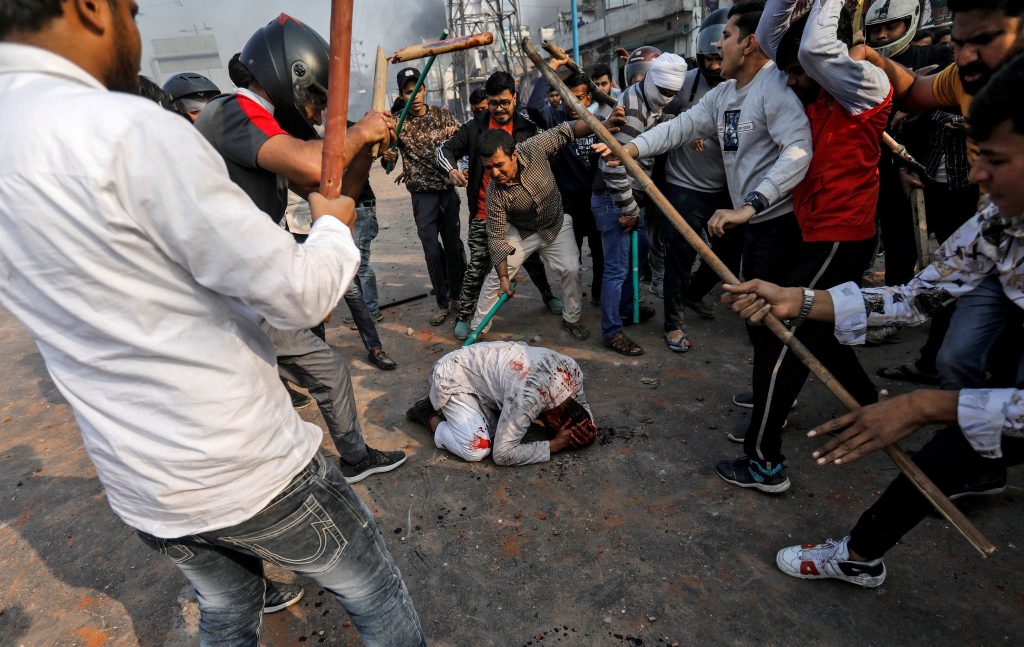
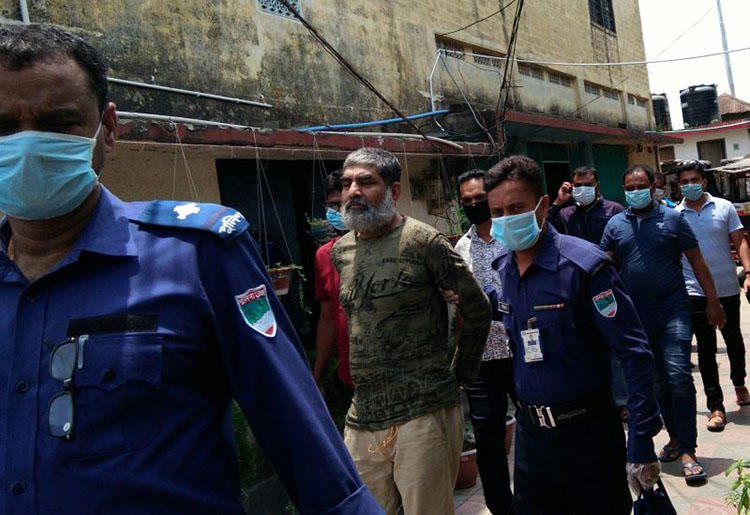
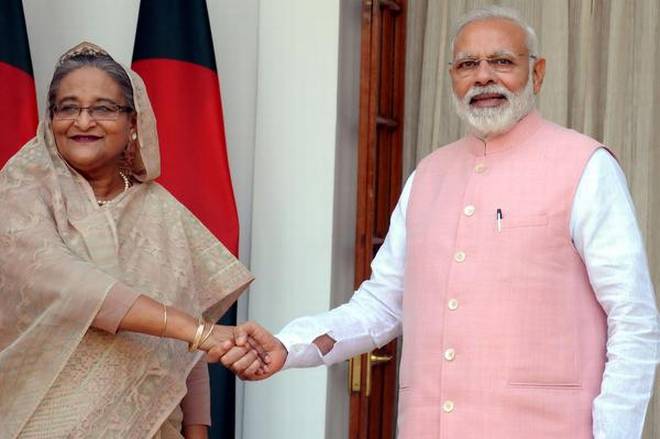
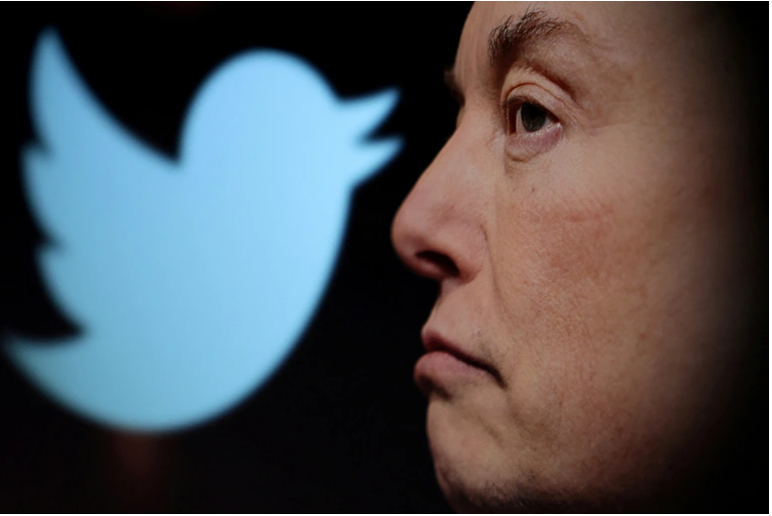
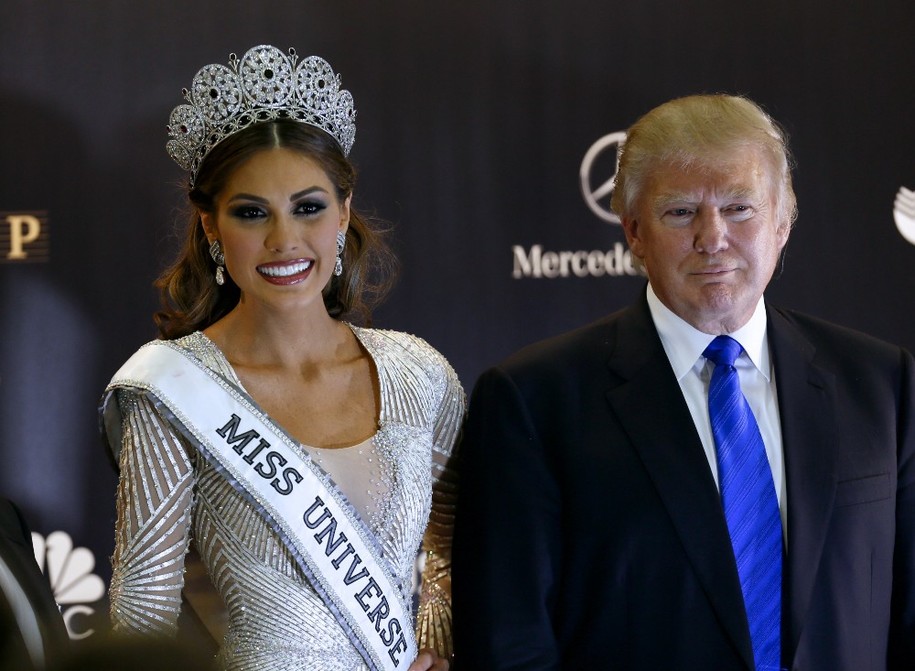
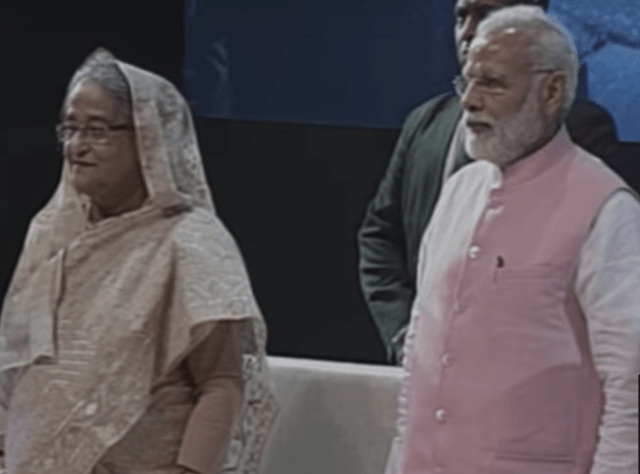
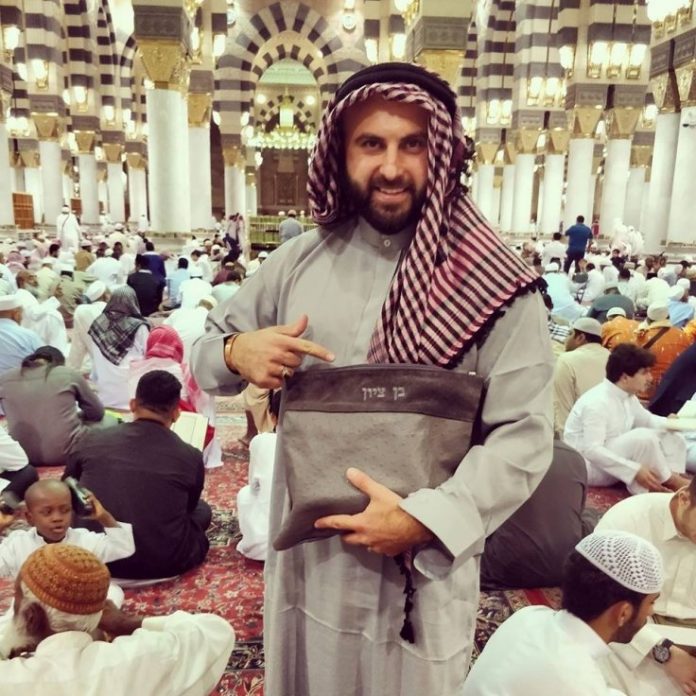

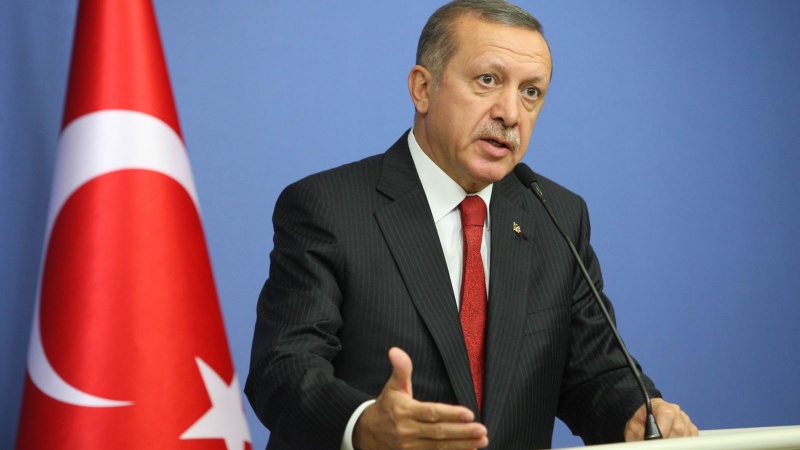
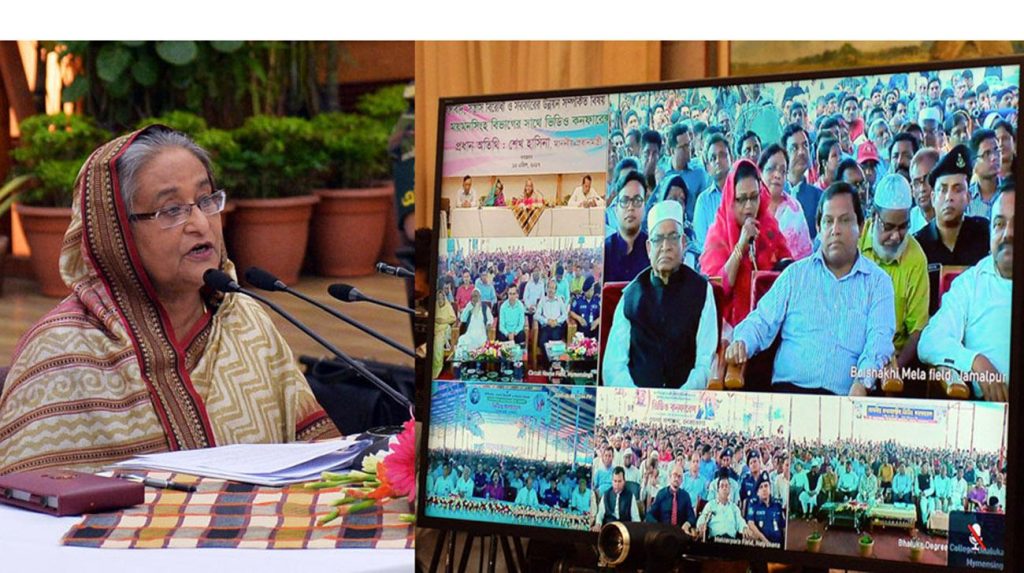


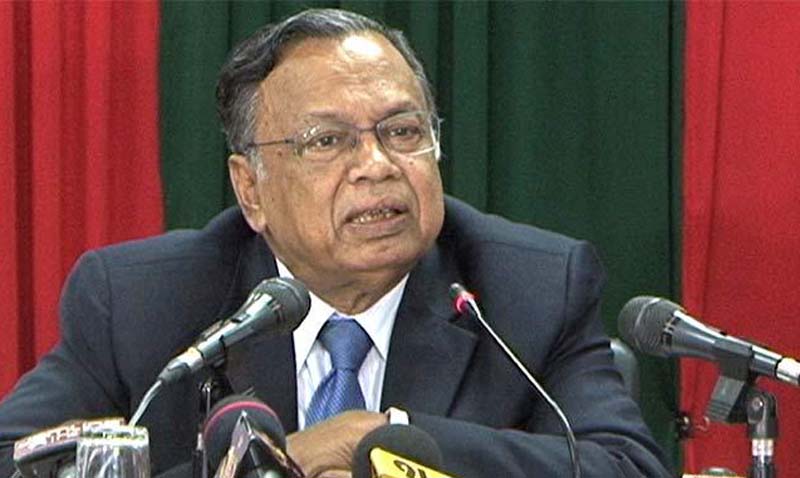
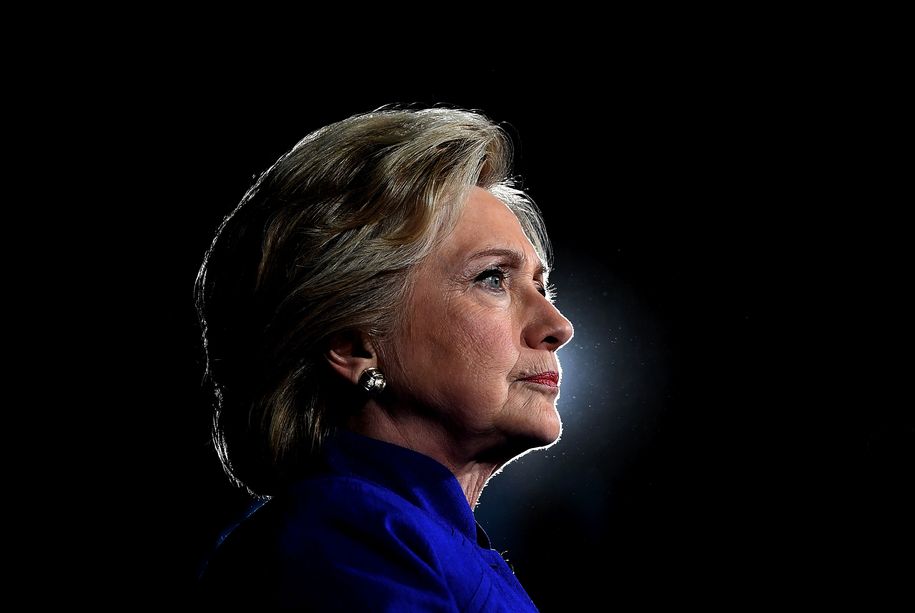
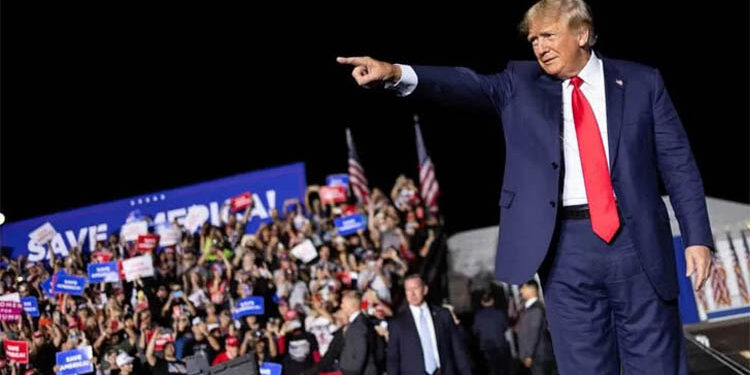
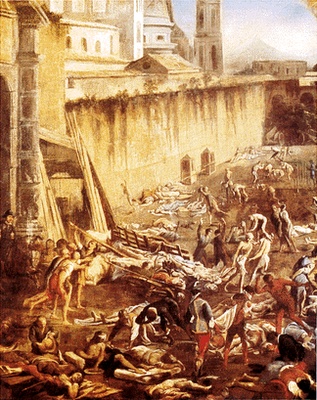
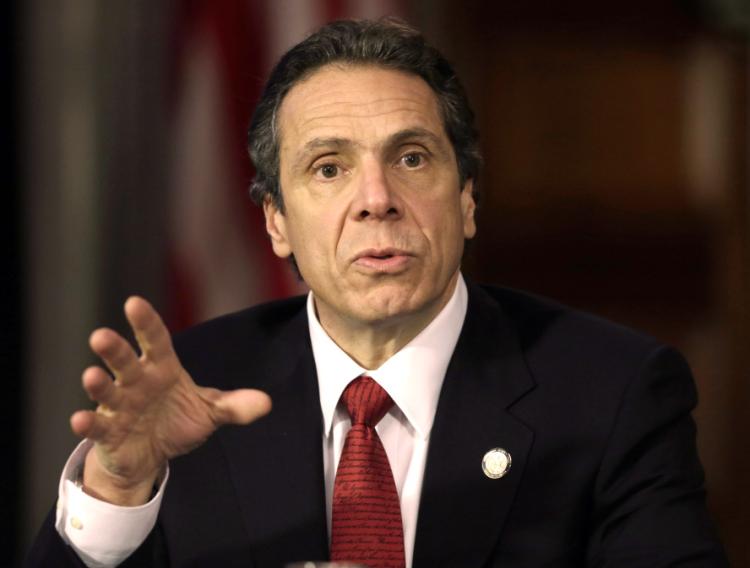
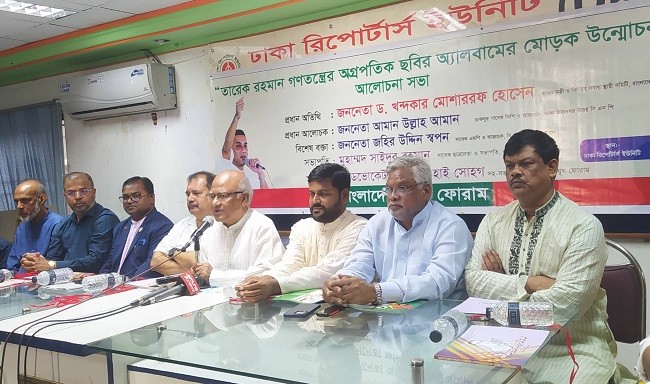


Comments